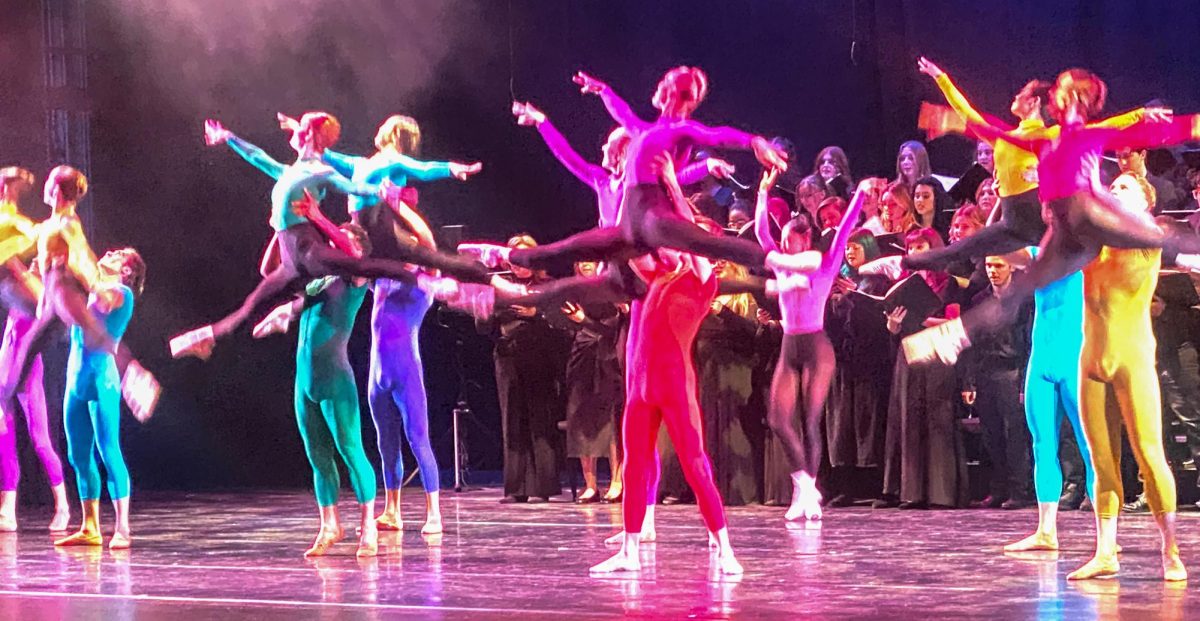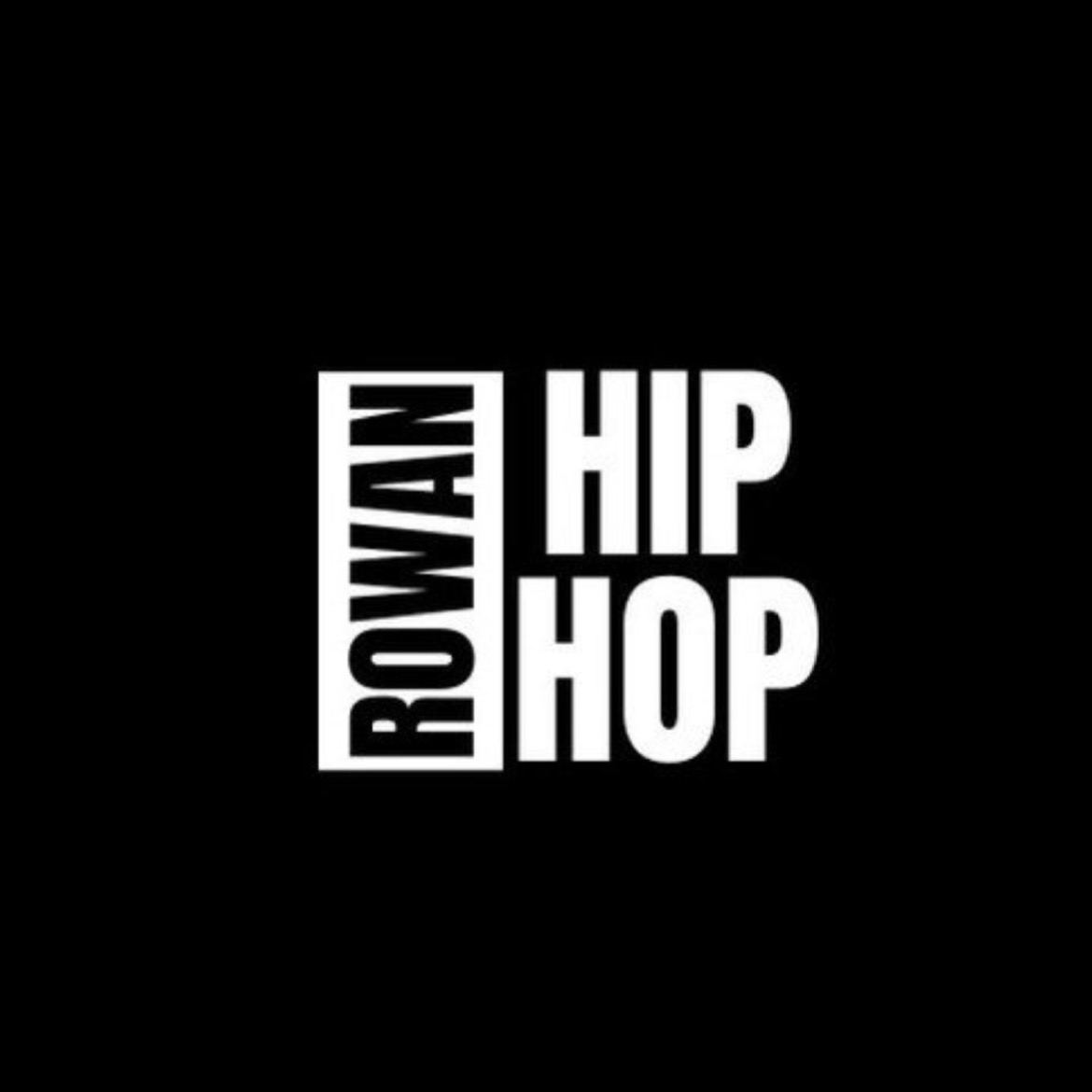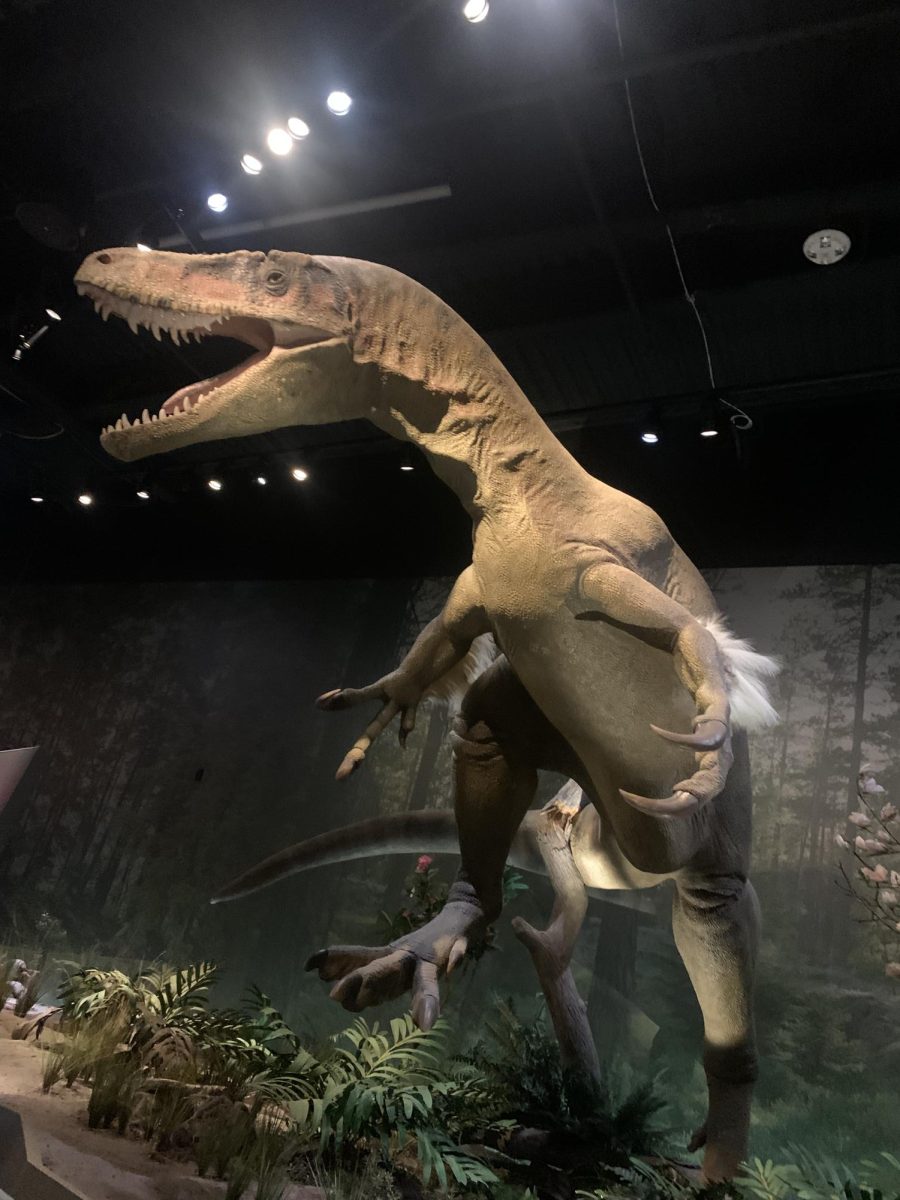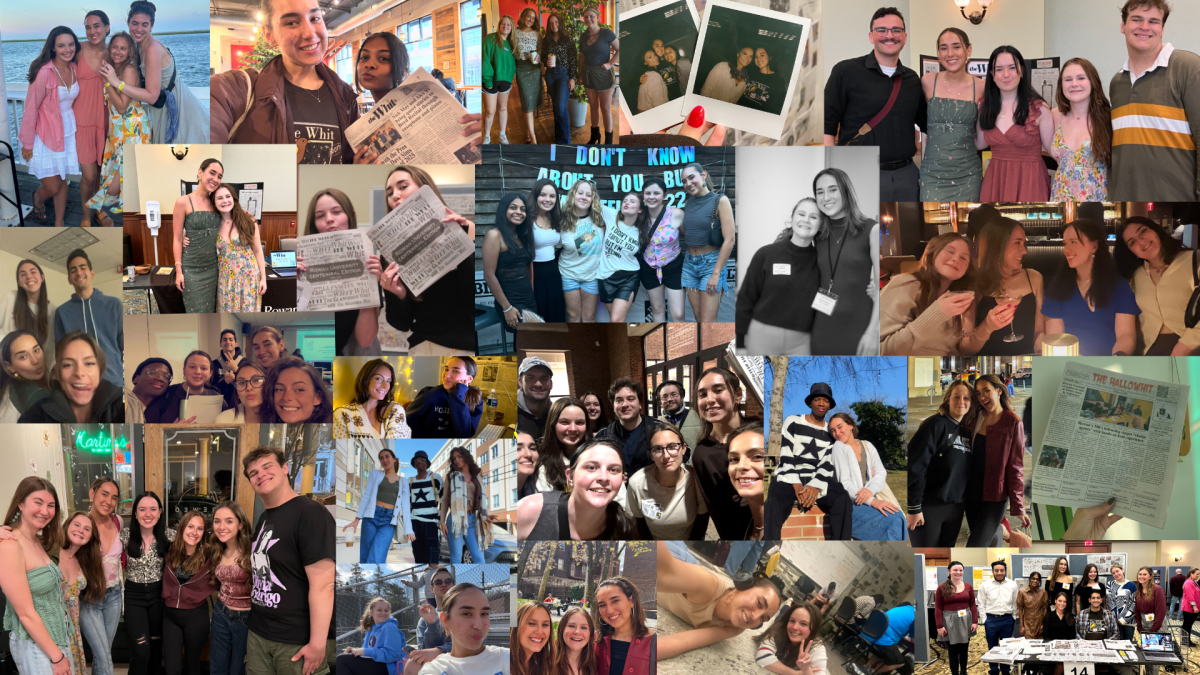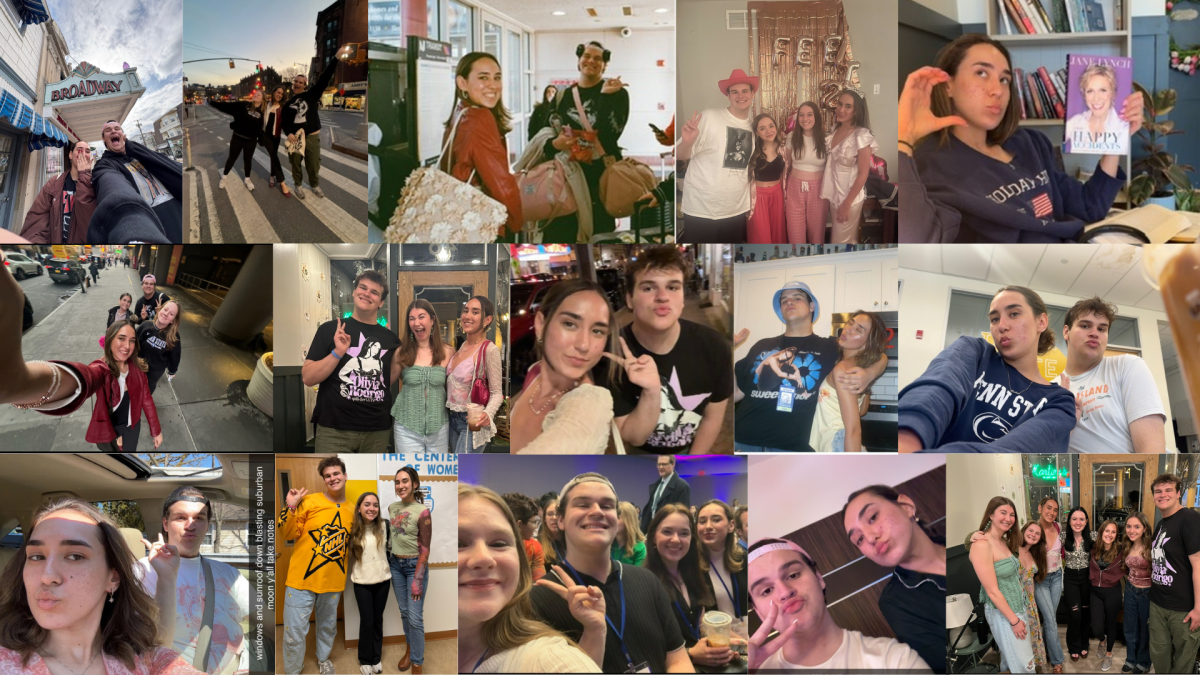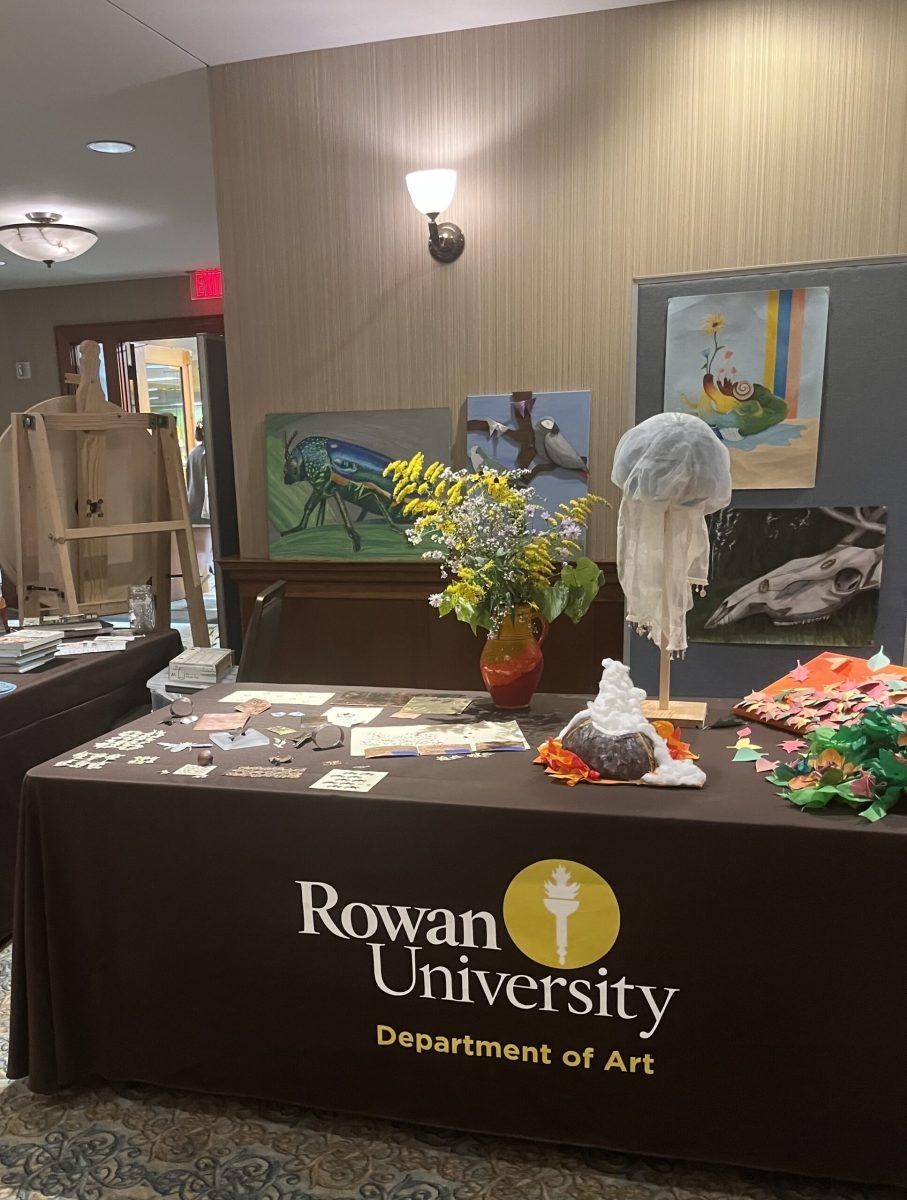As a part of The College of Science & Mathematics Lecture Series, New York Times best-selling author Doug Tallamy led a hopeful and empowering discussion on the ways people can protect biodiversity in their homes and communities.
“Nature’s Best Hope” was held on Wednesday, Oct. 4 from 7:00-8:30 p.m. in the Eynon Ballroom at Rowan’s Student Center. This was an event free of charge for Rowan students and staff, as well as the general public.
Seats filled up quickly as students and outside guests made their way inside, waiting for the presentation to begin. Tallamy opened with a message to the audience that they were “Nature’s Best Hope” to instill the idea that every person has the power to save planet Earth.
Tallamy said that much of Earth’s natural ecosystems have been destroyed, causing the decline of many species of insects and birds across the United States. He brought hope to this issue and told the audience that there is “a cure that will take small efforts from lots of people, like you and me, but those efforts will deliver enormous physical, psychological, and environmental benefits to everybody.”
He preached that humans must learn to live with nature and restore ecosystems that were once present, even in places that are human-dominated. In order to do this, individuals can plant a variety of species of plants in their own backyards, drawing in new species of insects and birds that are drawn to the plants.
Tallamy ended his lecture with one overarching message, saying “We need to save nature so that we have future generations.” The presentation was optimistic and gave empowering tips on how each individual person can help fight to conserve the ecosystems in their communities, such as finding ways for nature to coexist with humans in everyday settings like backyards, campuses, and roadsides. He said that people do not need to save biodiversity for a living to contribute to the cause, but rather the general public is able to do it from where they live.
Before the lecture, the event opened at 6:20 p.m. with an expo, in which many of Rowan’s departments advertised their environmental work. Here, attendees could learn about some of Rowan’s programs and initiatives, view nature-related artwork made by Rowan students, and see some real examples of plants and insects in the vicinity.
There was a Q&A with Tallamy after the lecture, followed by a book signing. Three of his best-selling books, Nature’s Best Hope, Nature’s Best Hope (Young Reader’s Edition), and Bringing Nature Home were available for purchase and signing at the event.
The audience was visibly captivated and inspired by Tallamy’s lecture, and it served as an optimistic beginning to the Centennial Lecture Series.
For comments/questions about this story DM us on Instagram @thewhitatrowan or email [email protected].

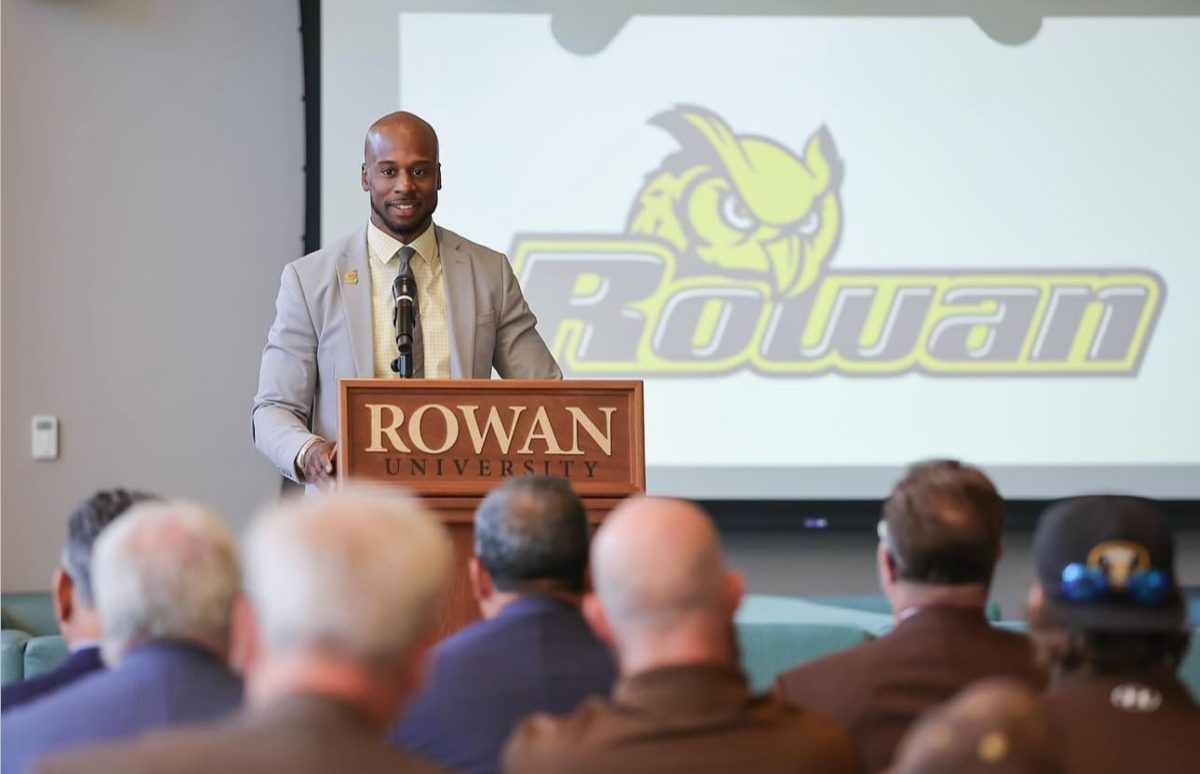

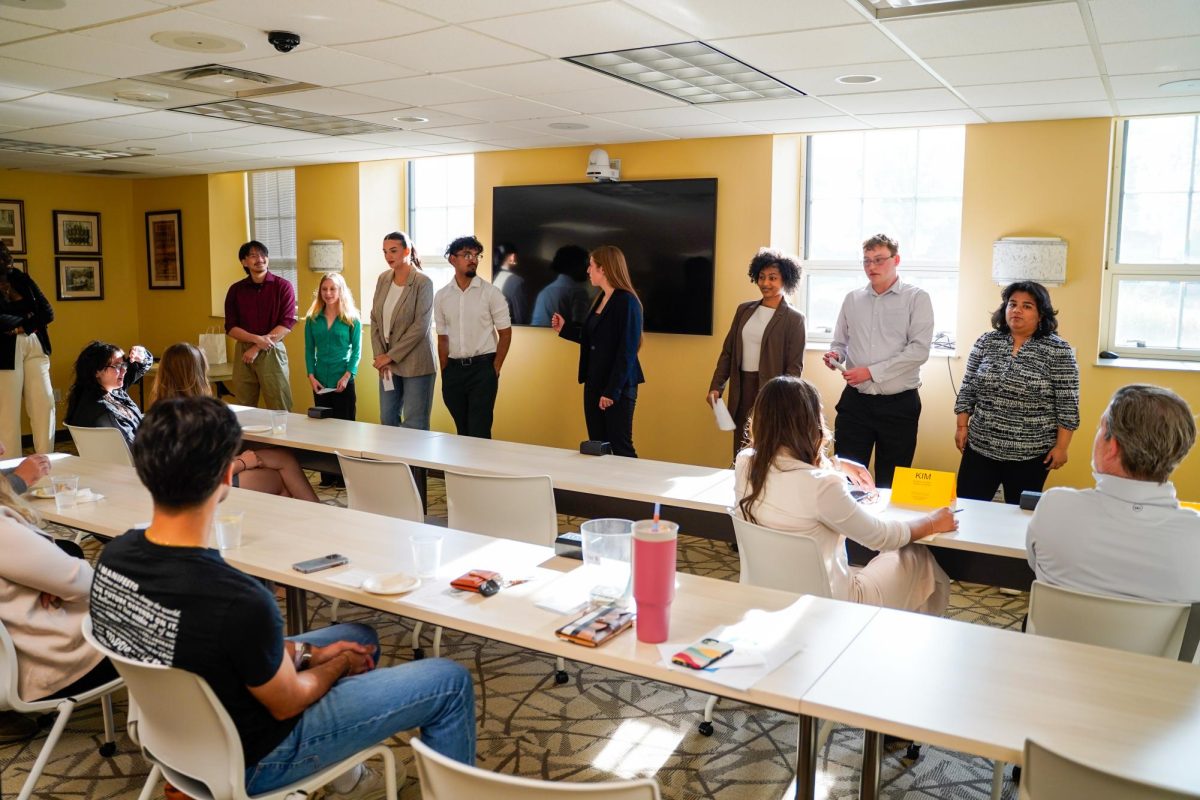
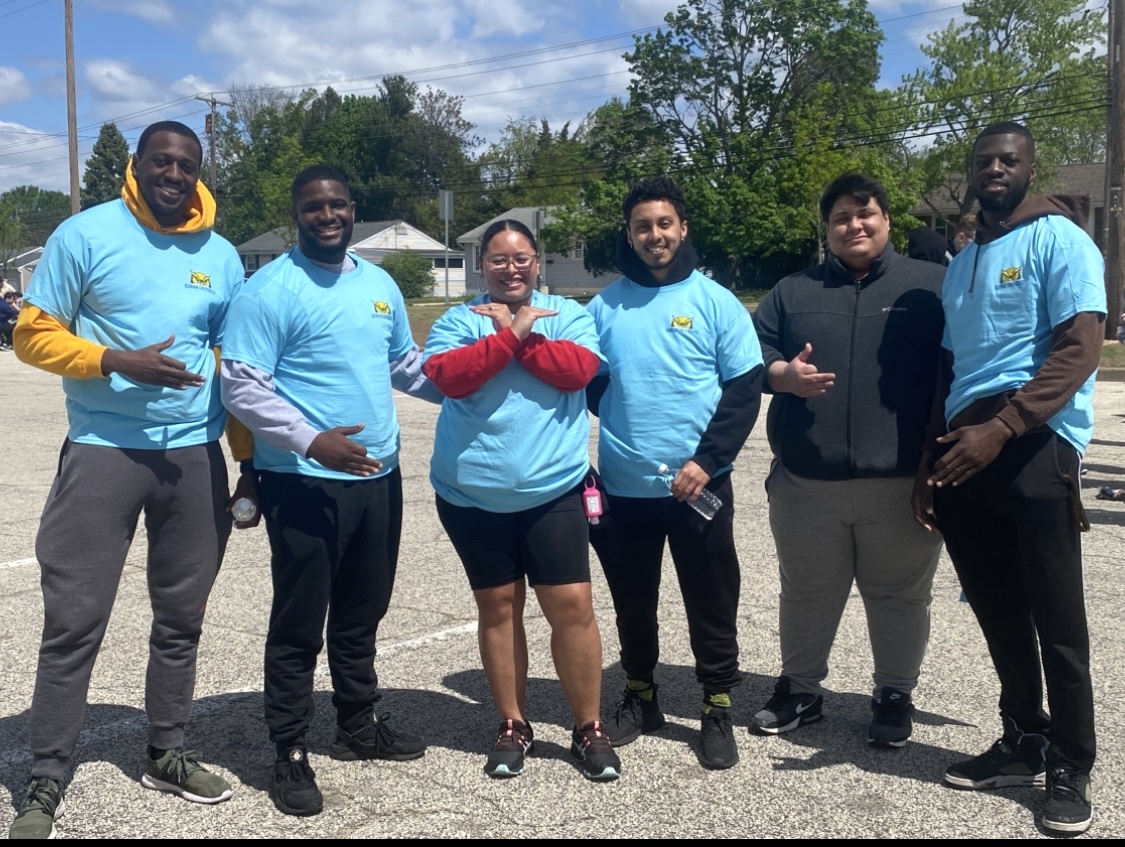


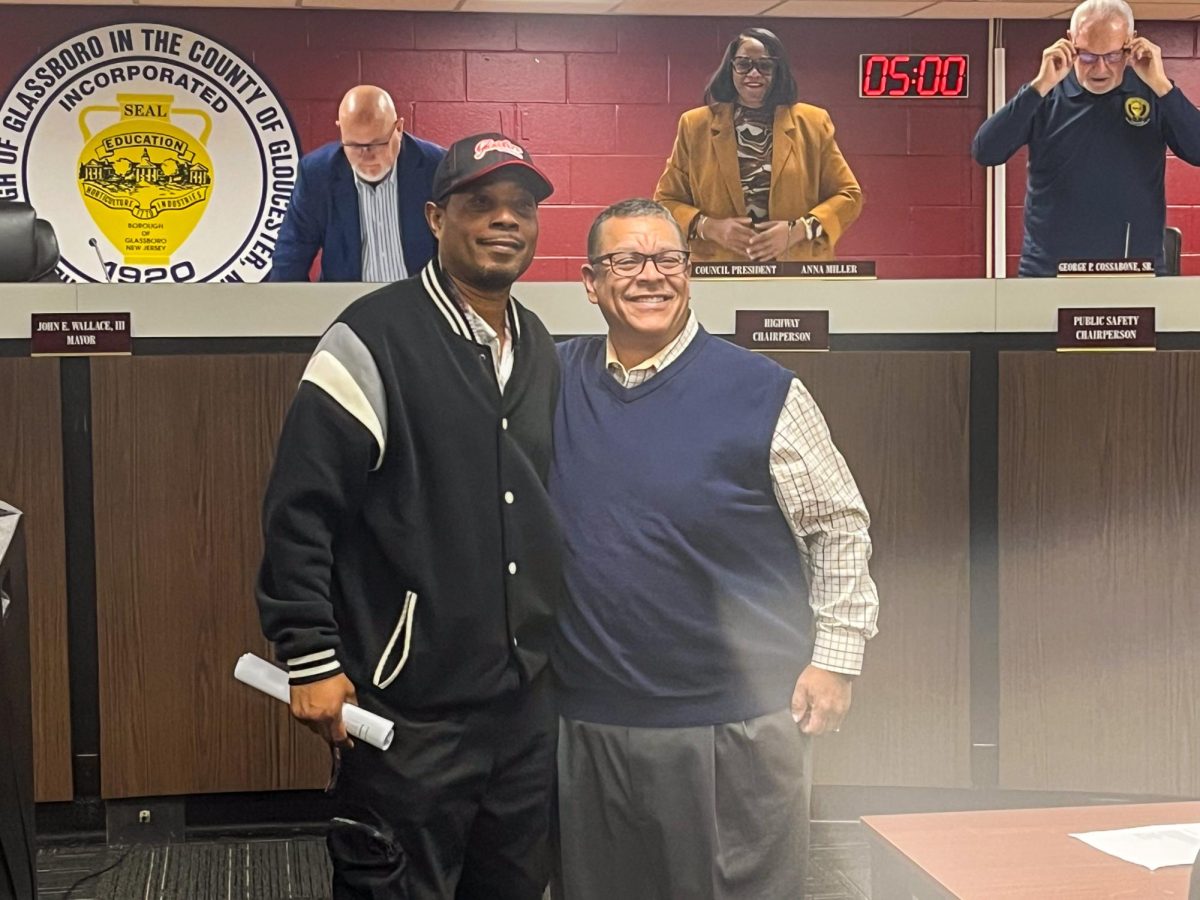












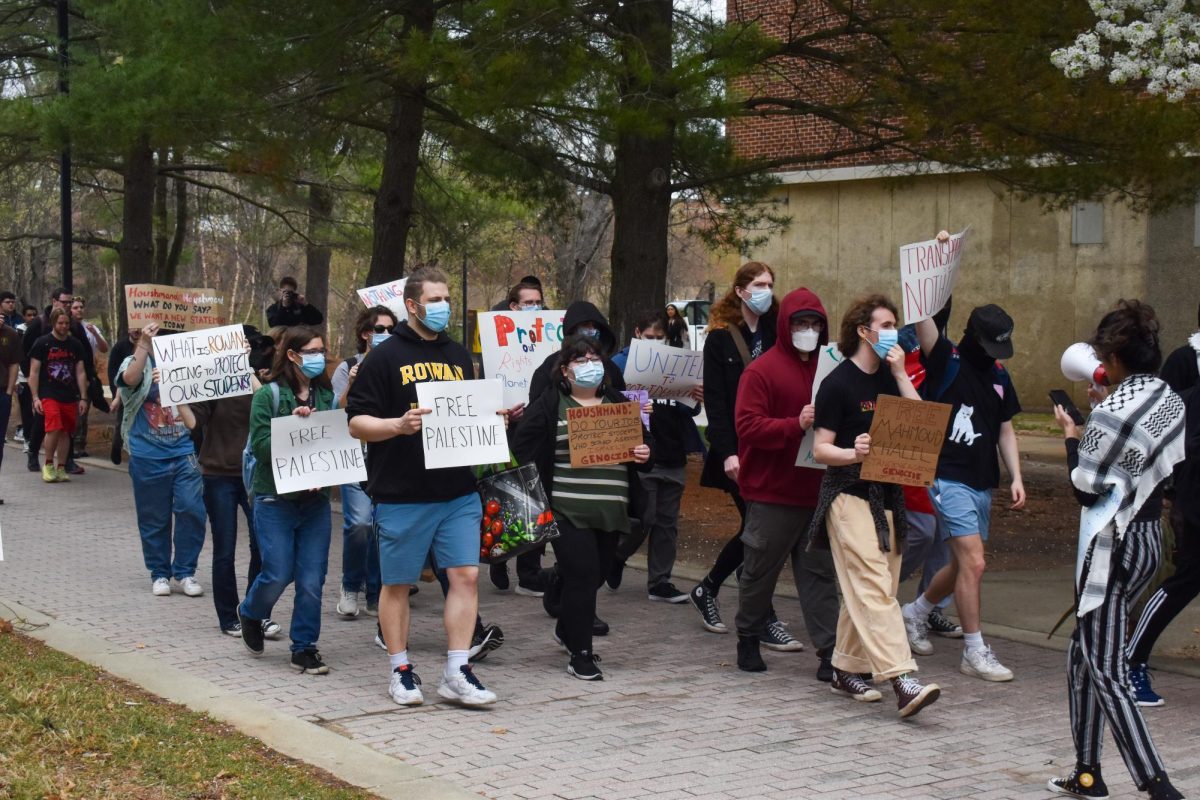





































































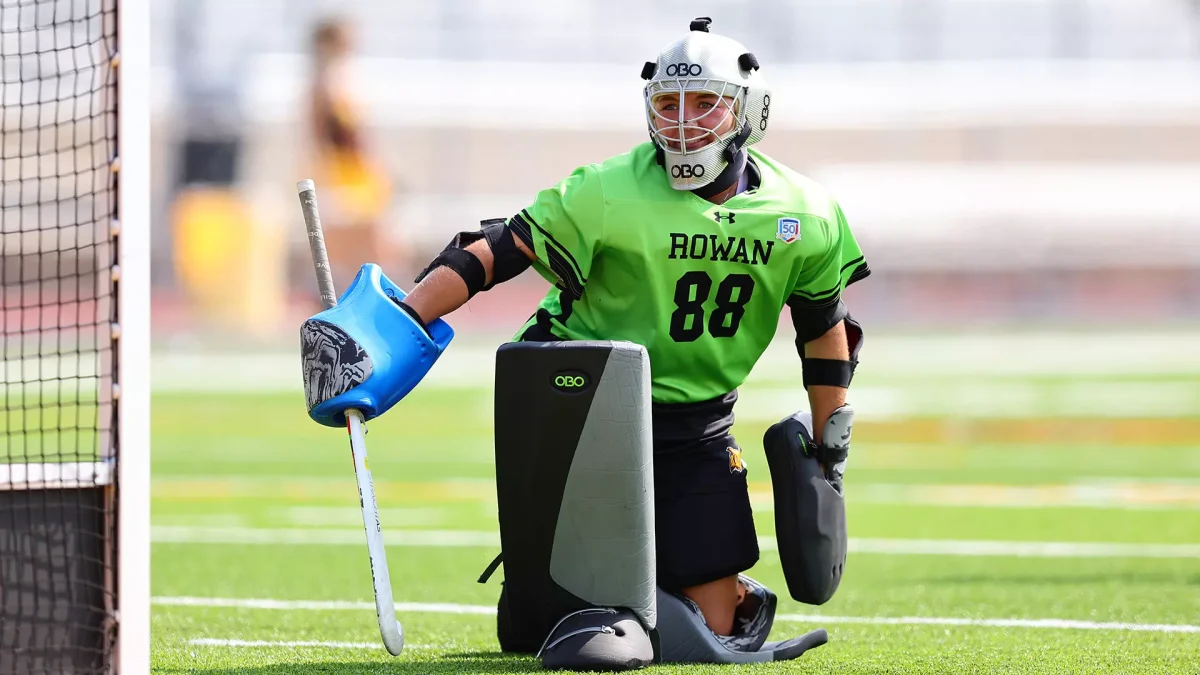


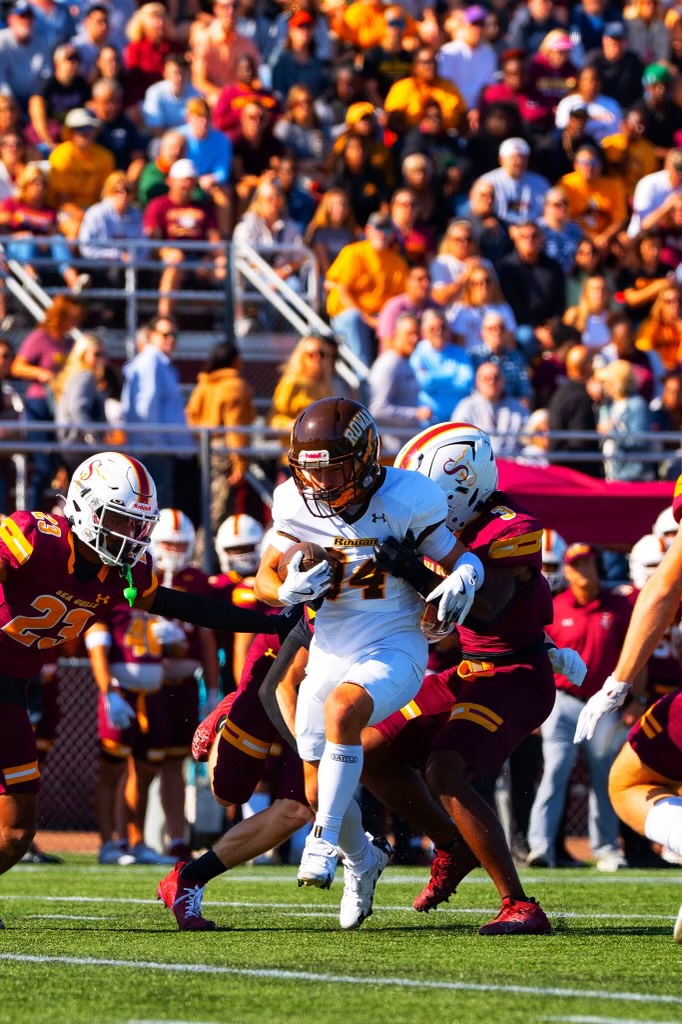
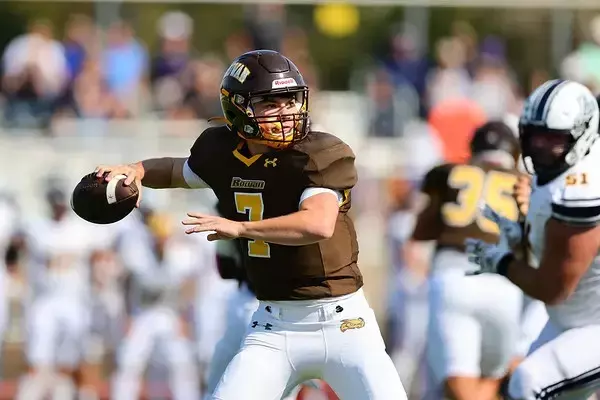


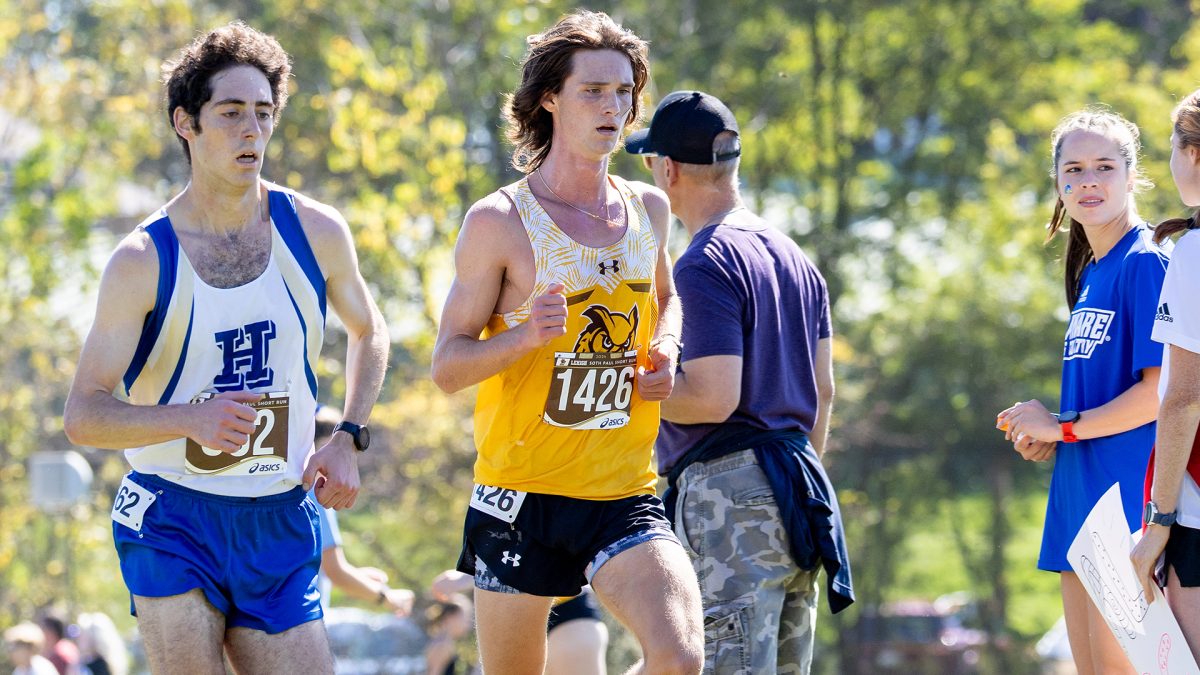



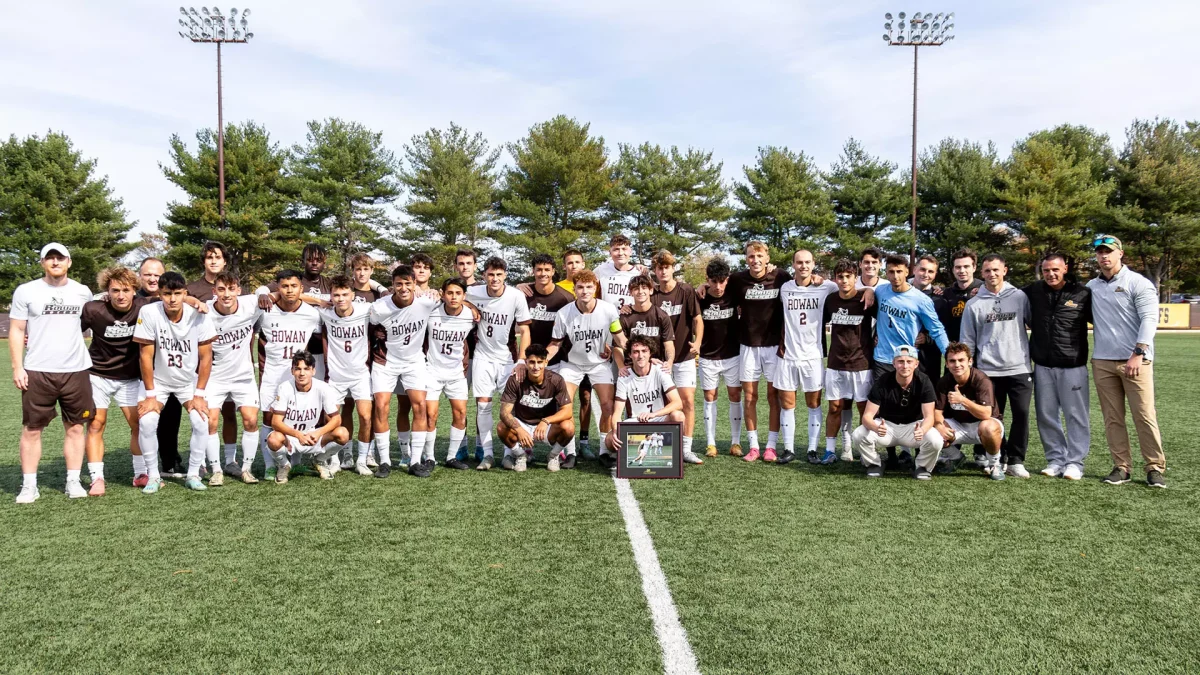

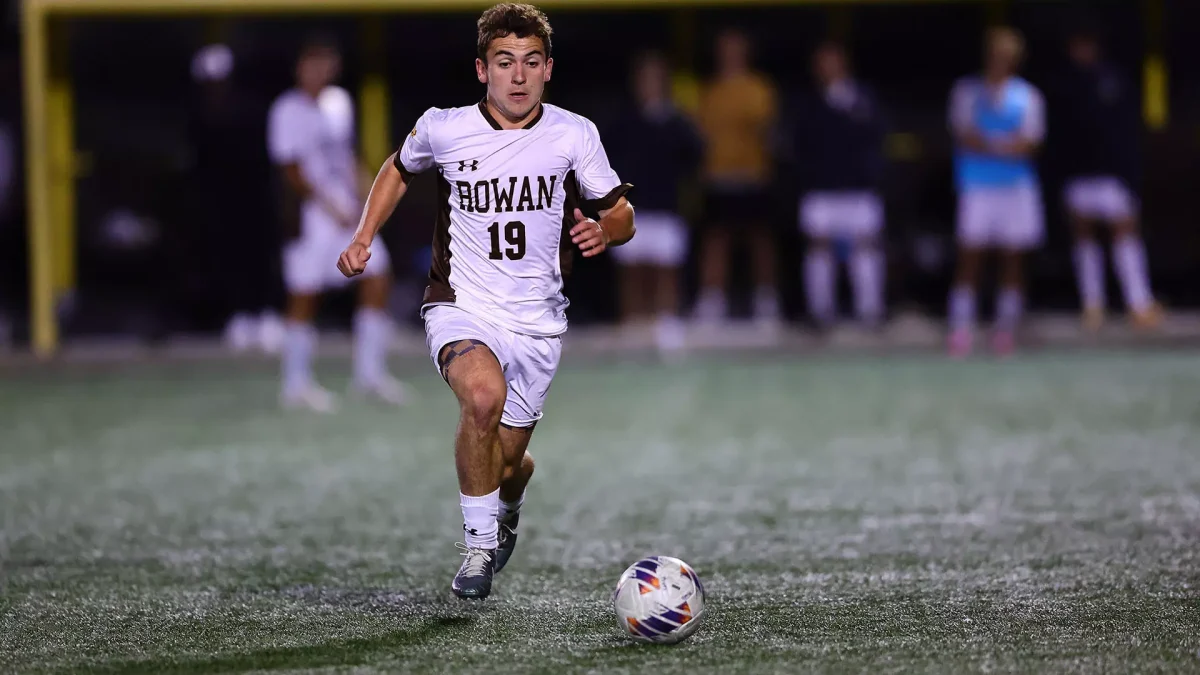



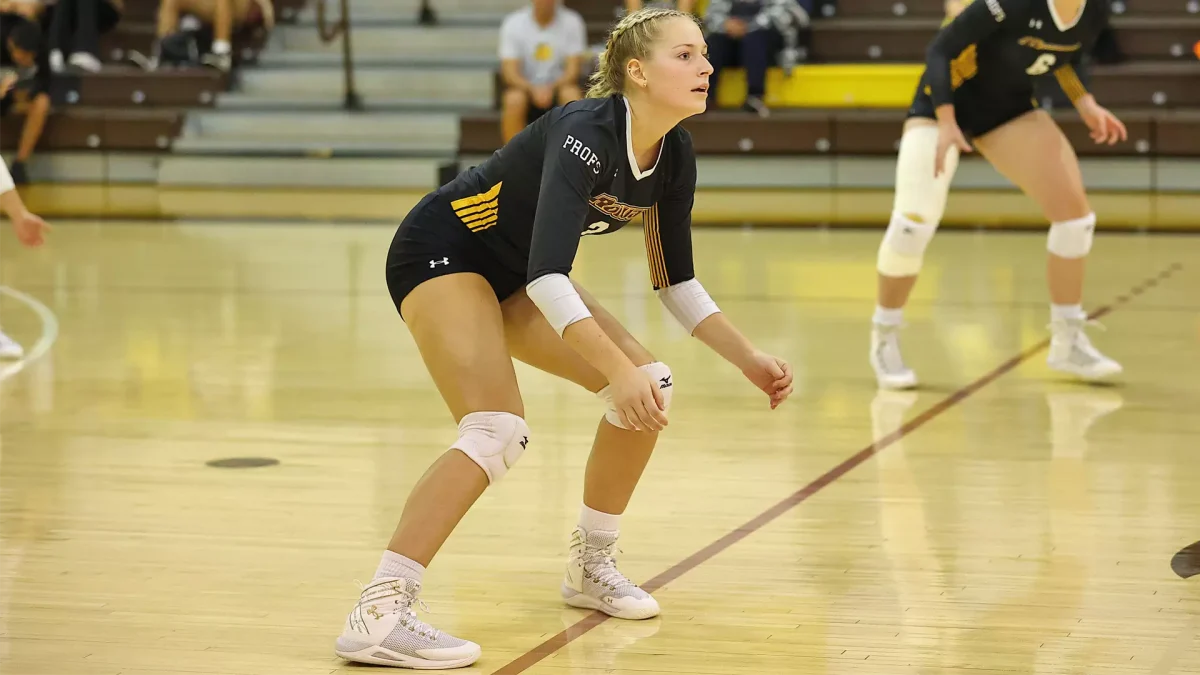



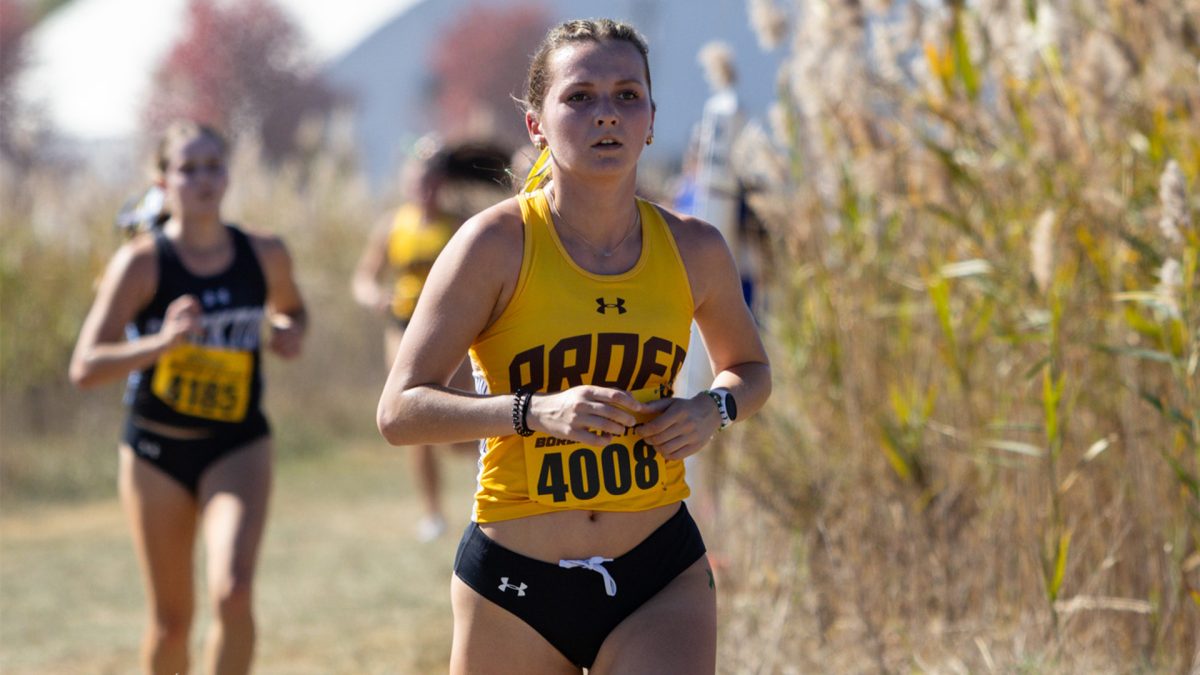




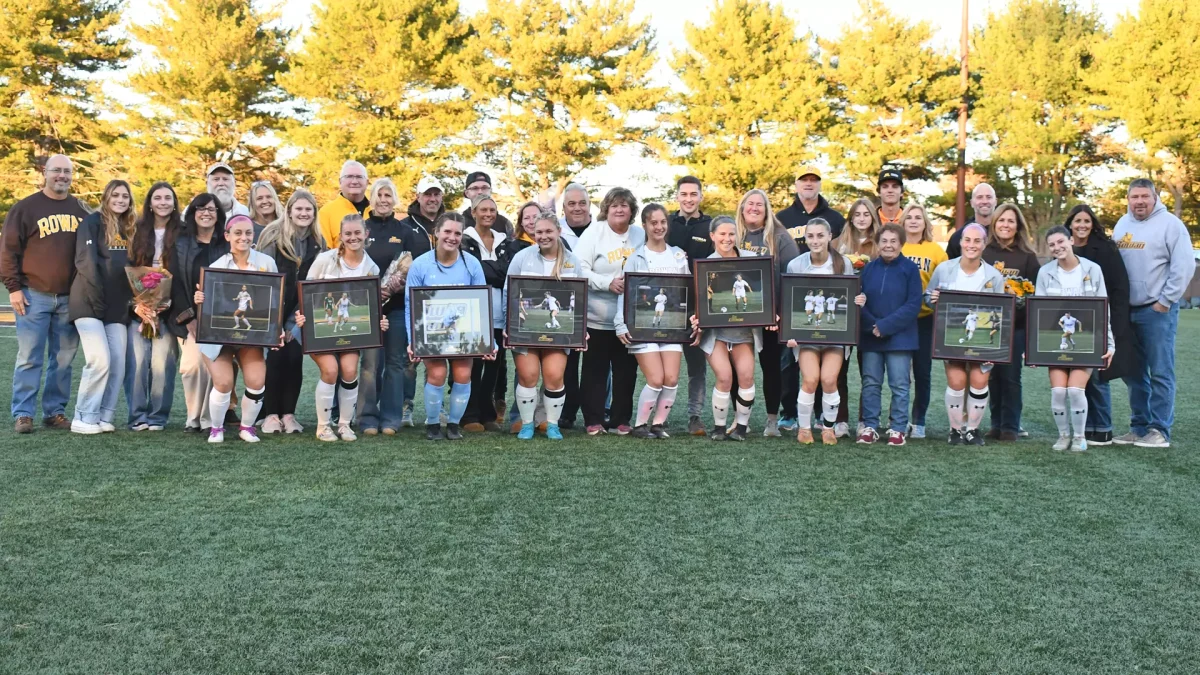
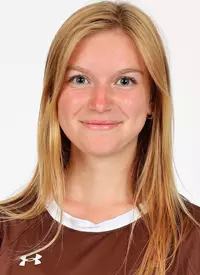







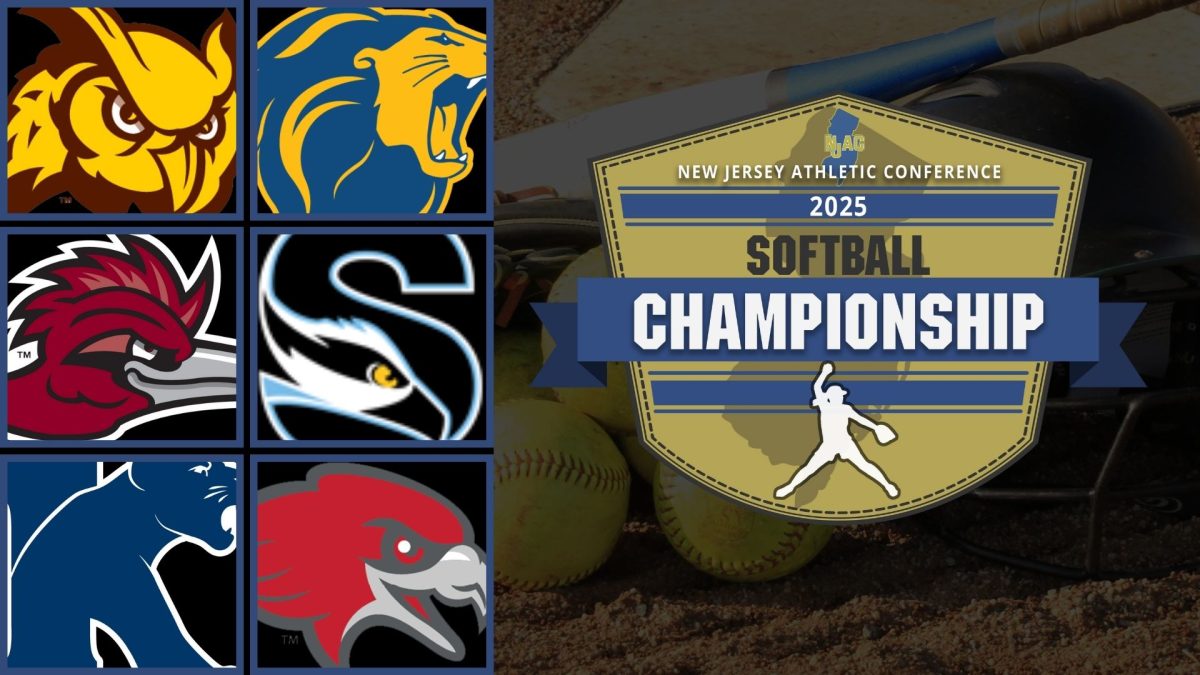
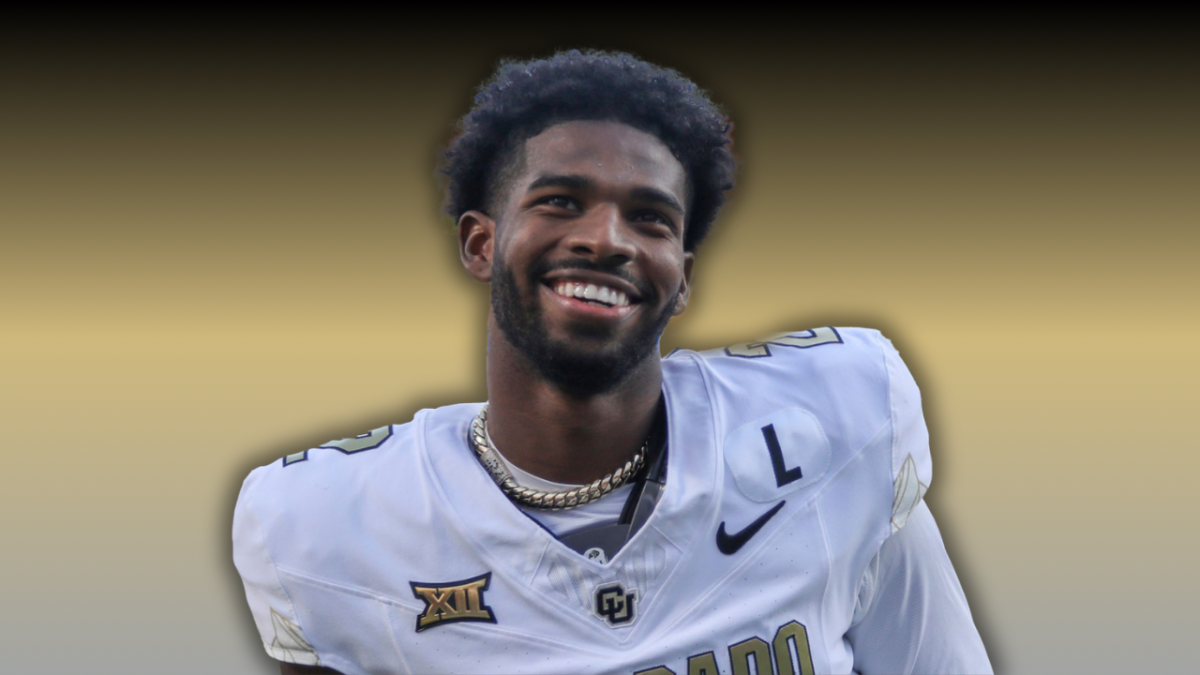

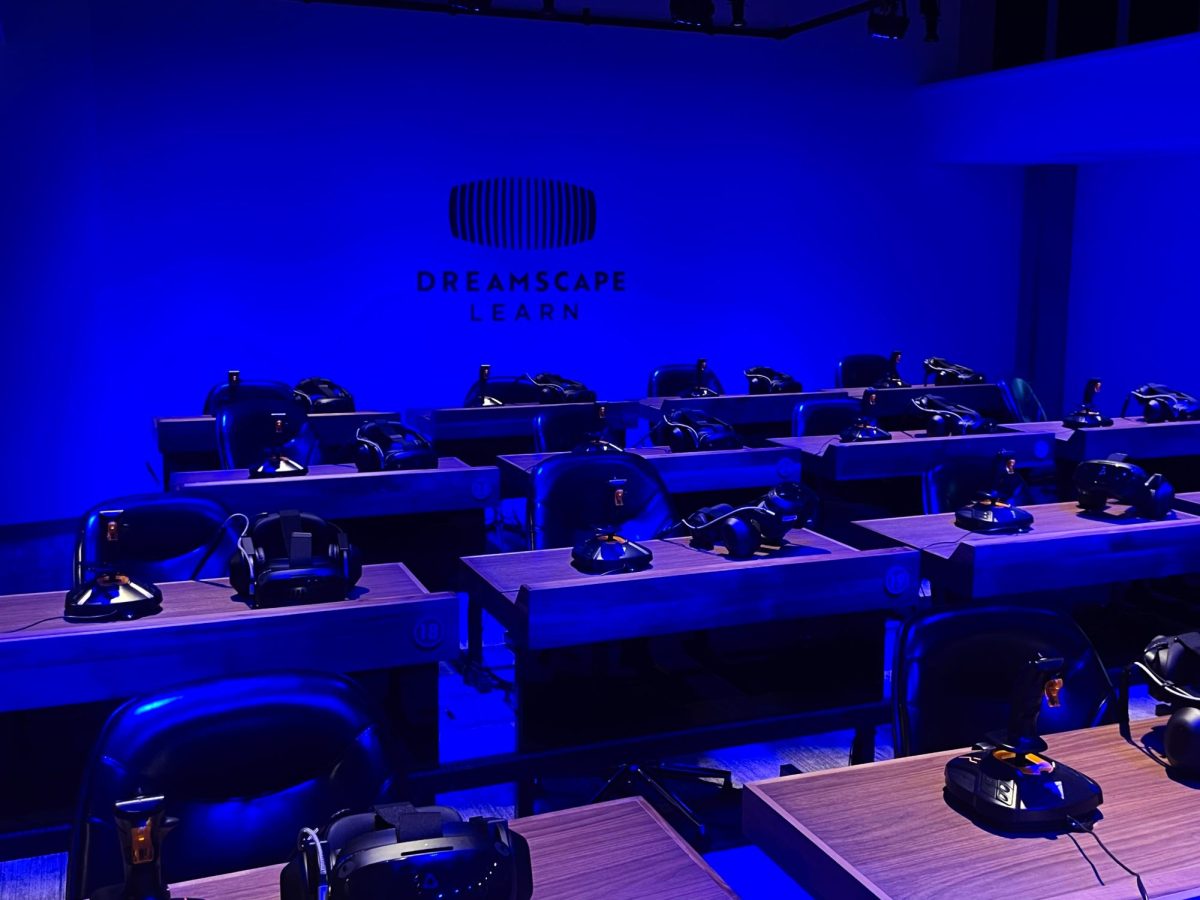
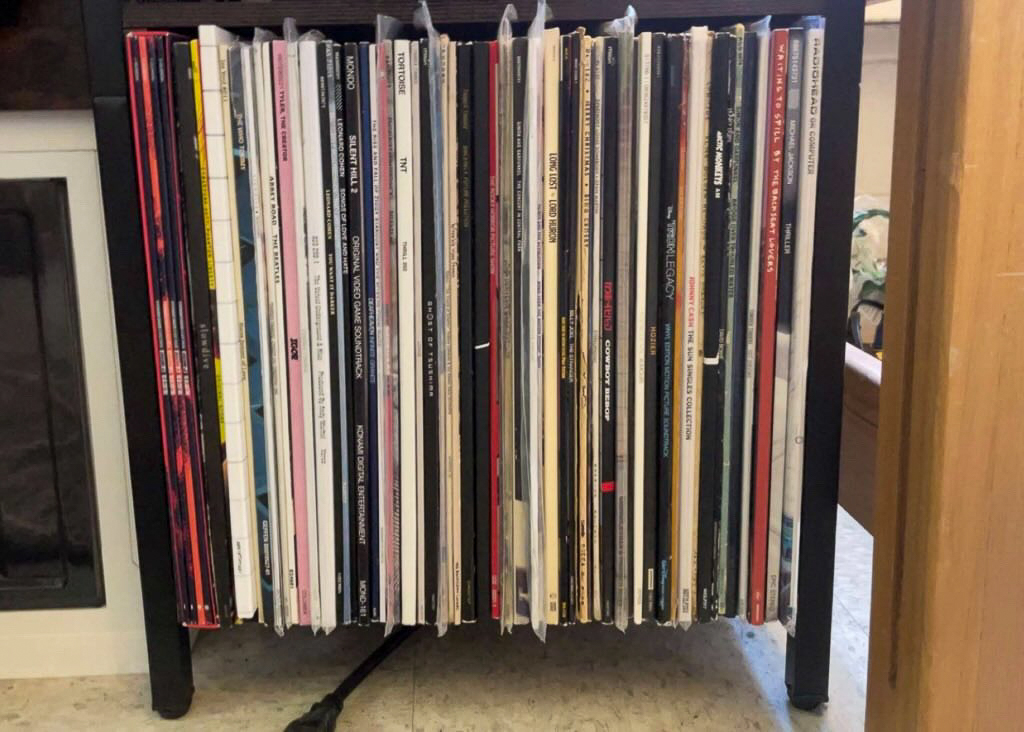
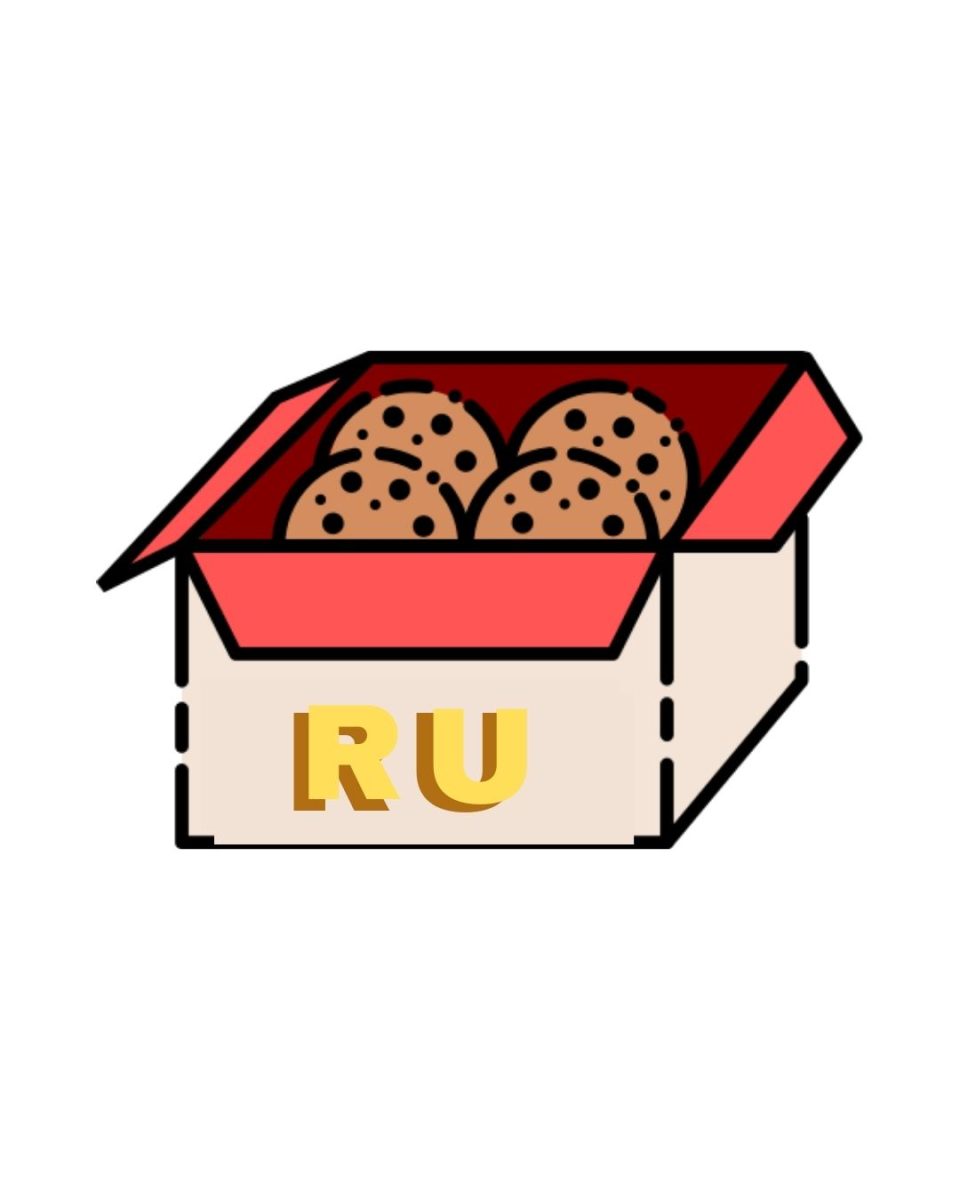















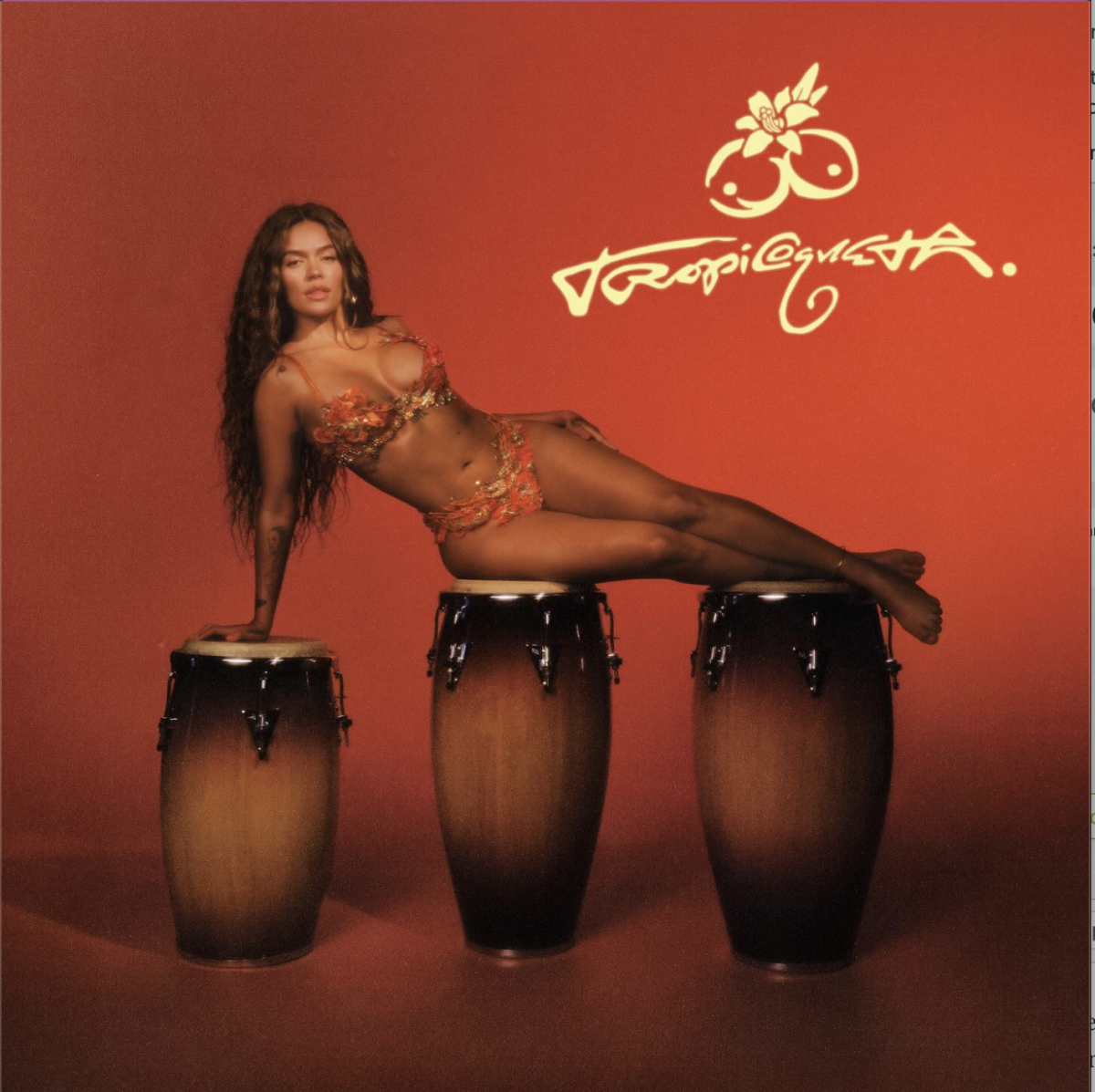
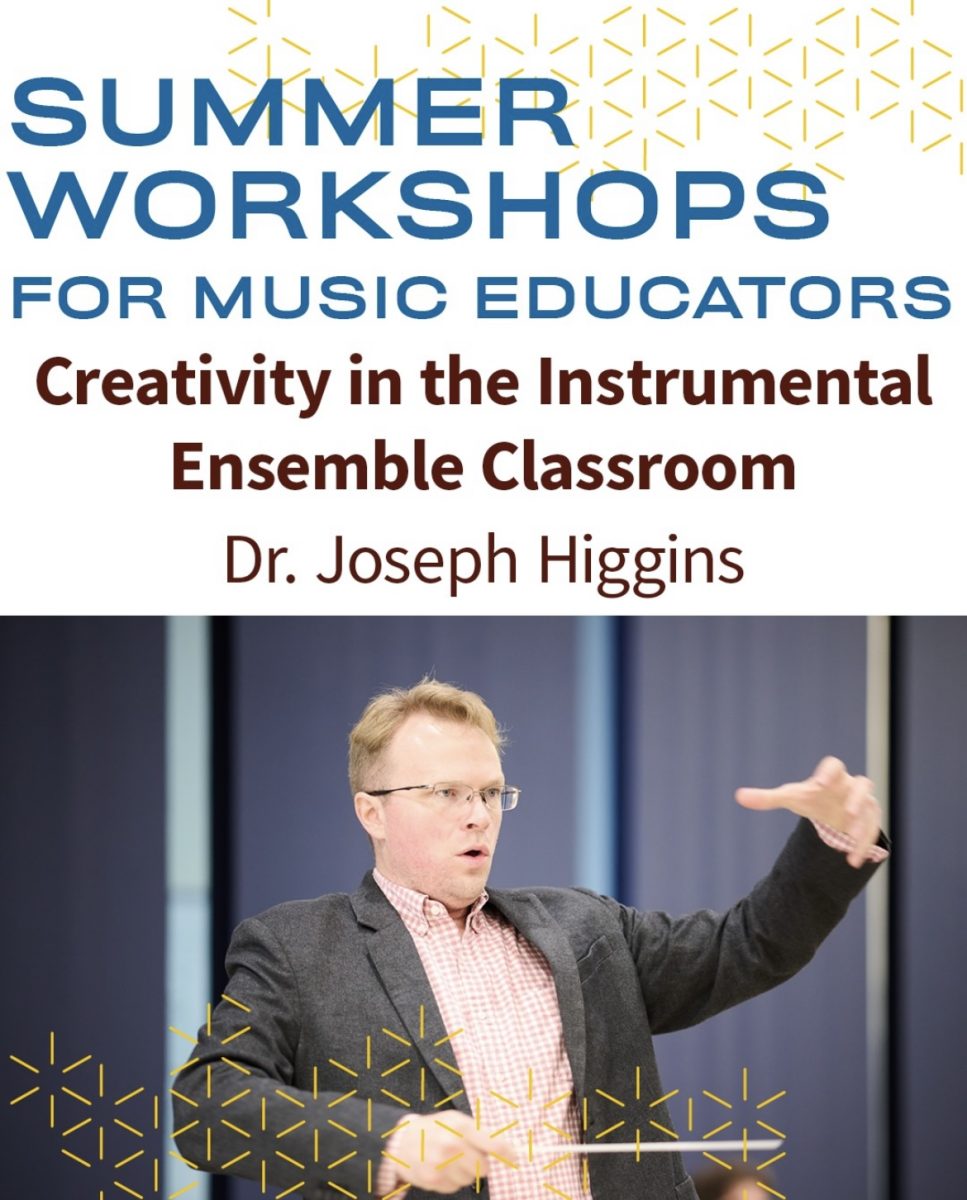





!["Working with [Dr. Lynch] is always a learning experience for me. She is a treasure,” said Thomas. - Staff Writer / Kacie Scibilia](https://thewhitonline.com/wp-content/uploads/2025/04/choir-1-1200x694.jpg)

